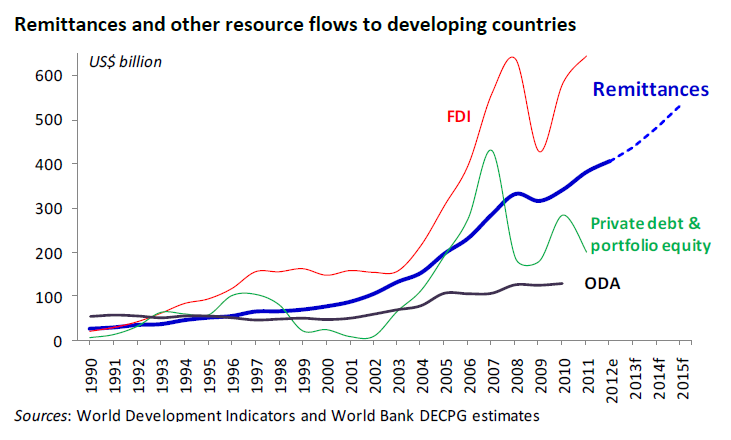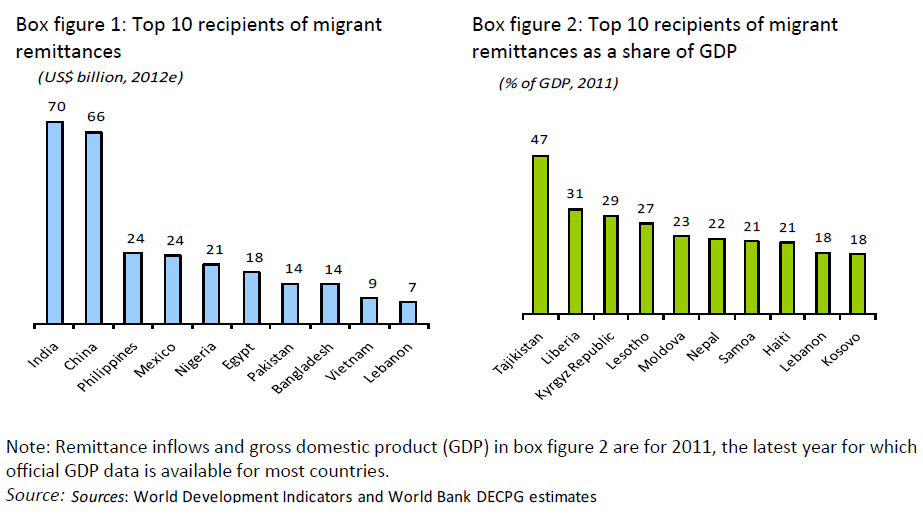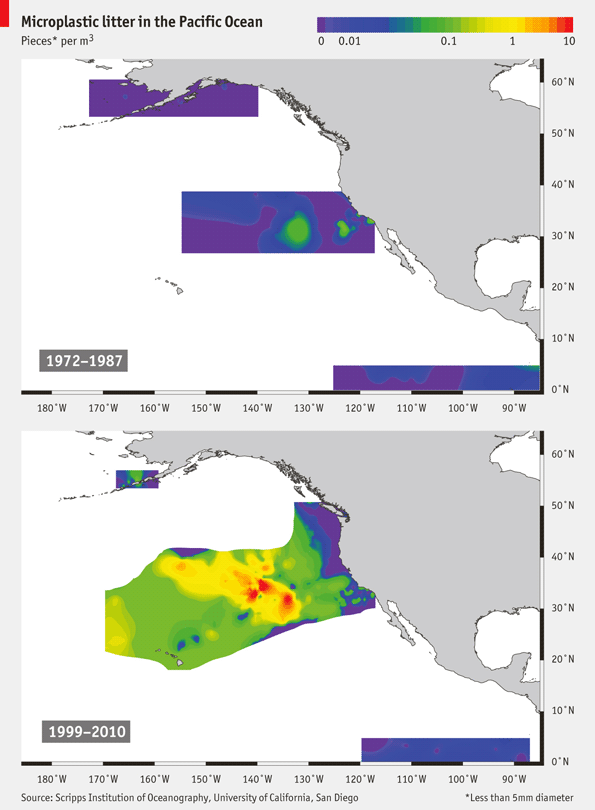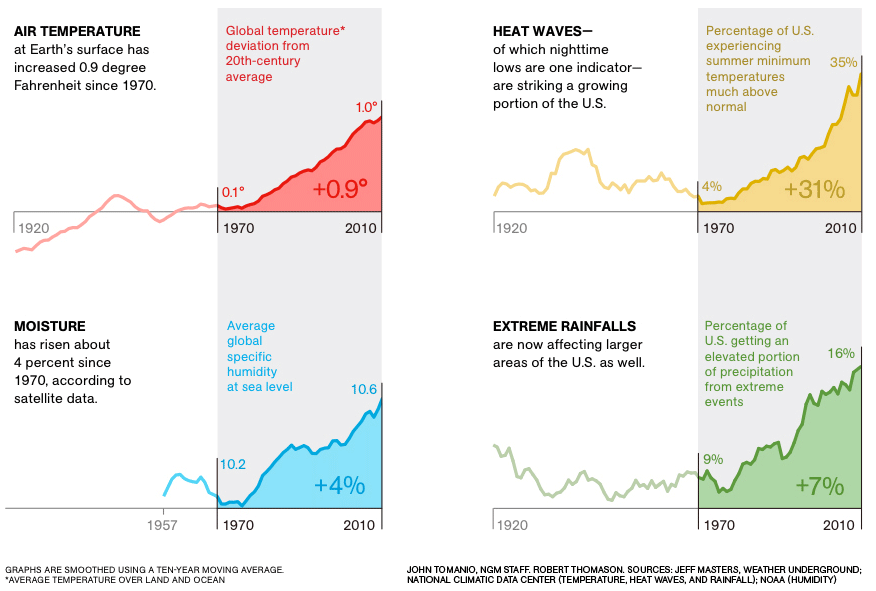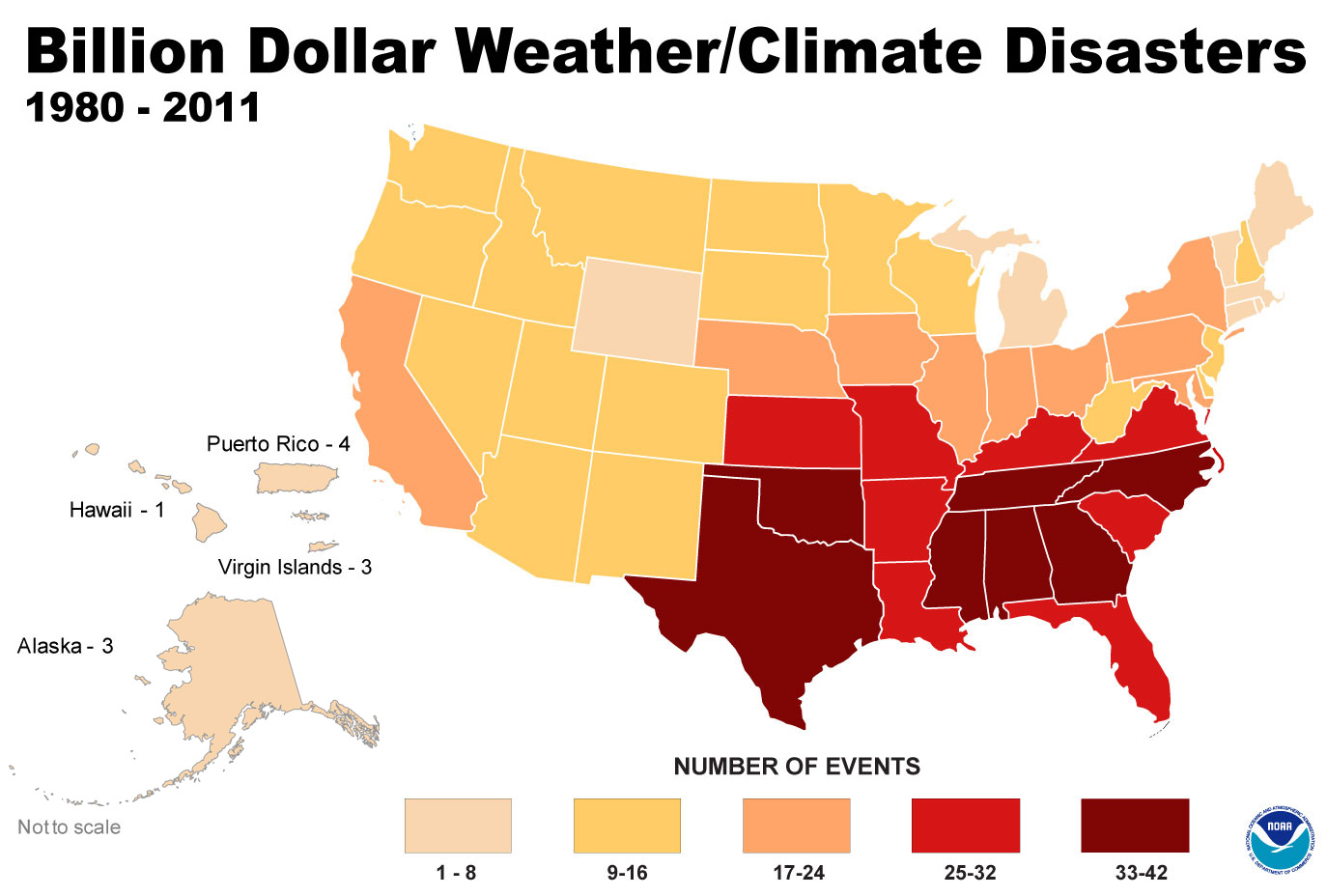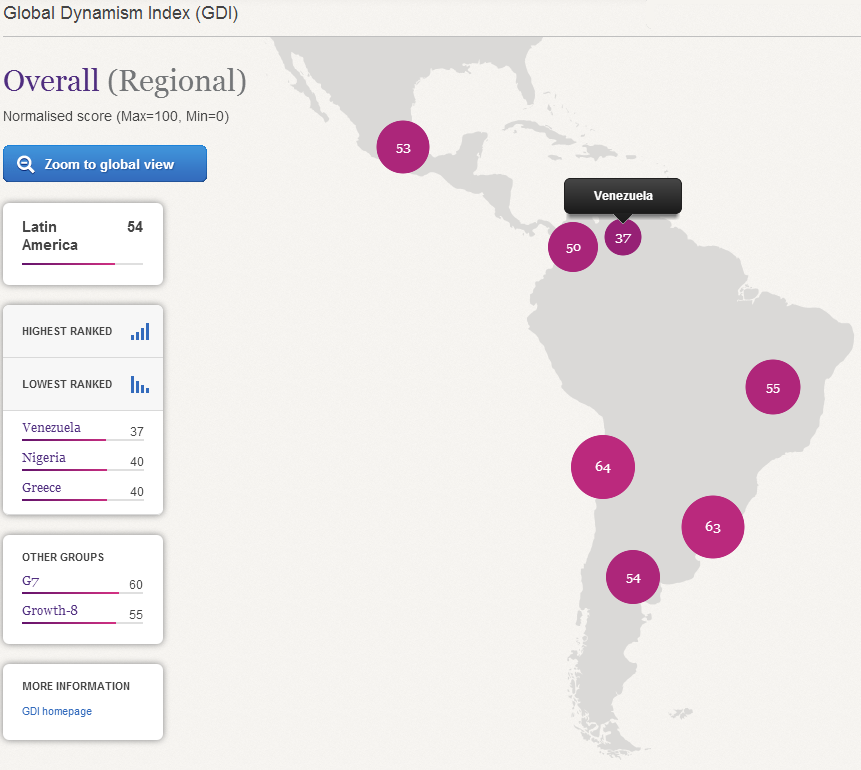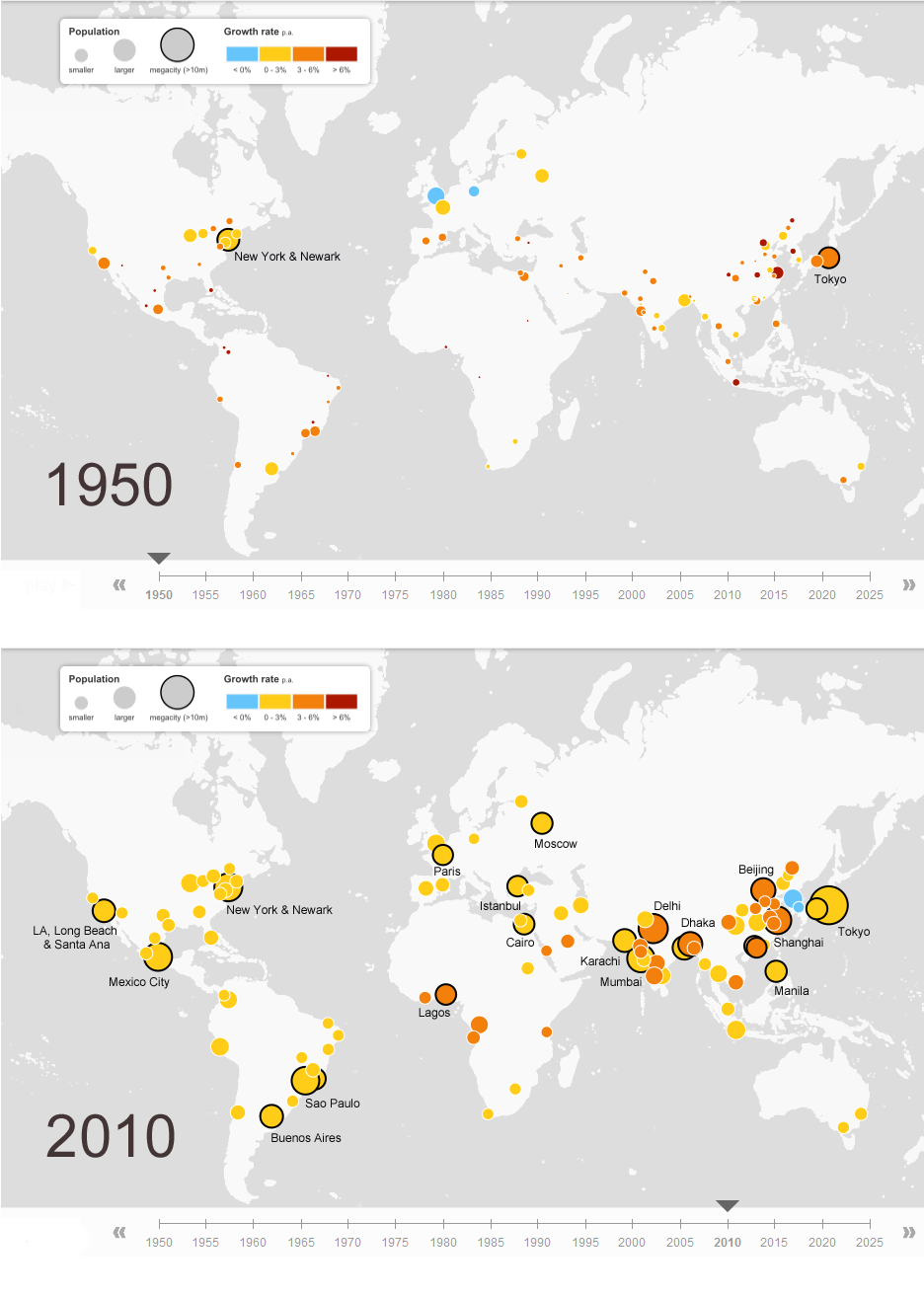Migrant remittances to developing countries are expected to reach $406 billion in 2012, a 6.5 percent increase over the previous year, and $534 billion in 2015. These officially recorded remittances have kept increasing despite high remittance costs and the financial crisis. This source of income for developing economies constitutes more than three times the size of Official Development Assistance (ODA).
The highest recipients of migrant remittances among developing economies for 2012 are India, China, the Philippines and Mexico. As a percentage of GDP, the highest recipients in 2011 were Tajikistan, Liberia, the Kyrgyz Republic and Lesotho.
Resources:
- The World Bank – Migration and Development Brief: Remittances to developing countries will surpass $400 billion in 2012
- IndexMundi – Time Series Comparison: Workers’ remittances and compensation of employees, received (% of GDP)
- IndexMundi – Time Series Comparison: Workers’ remittances and compensation of employees, received (current US$)
